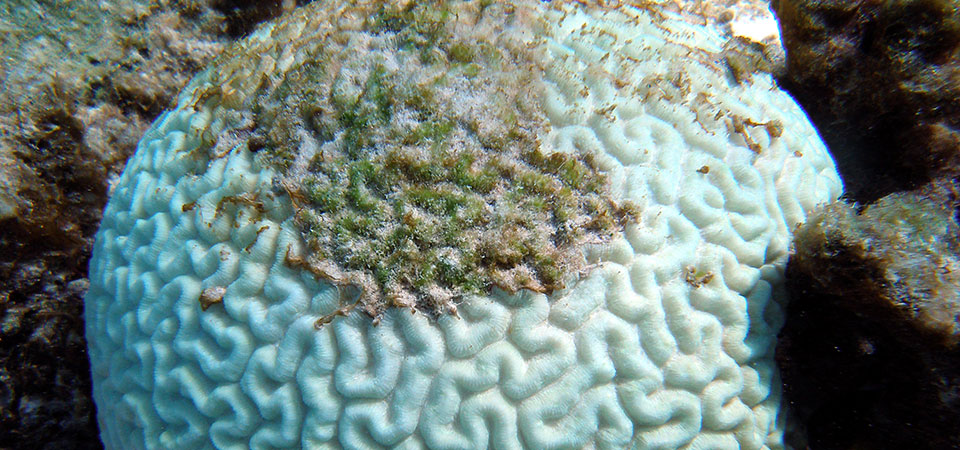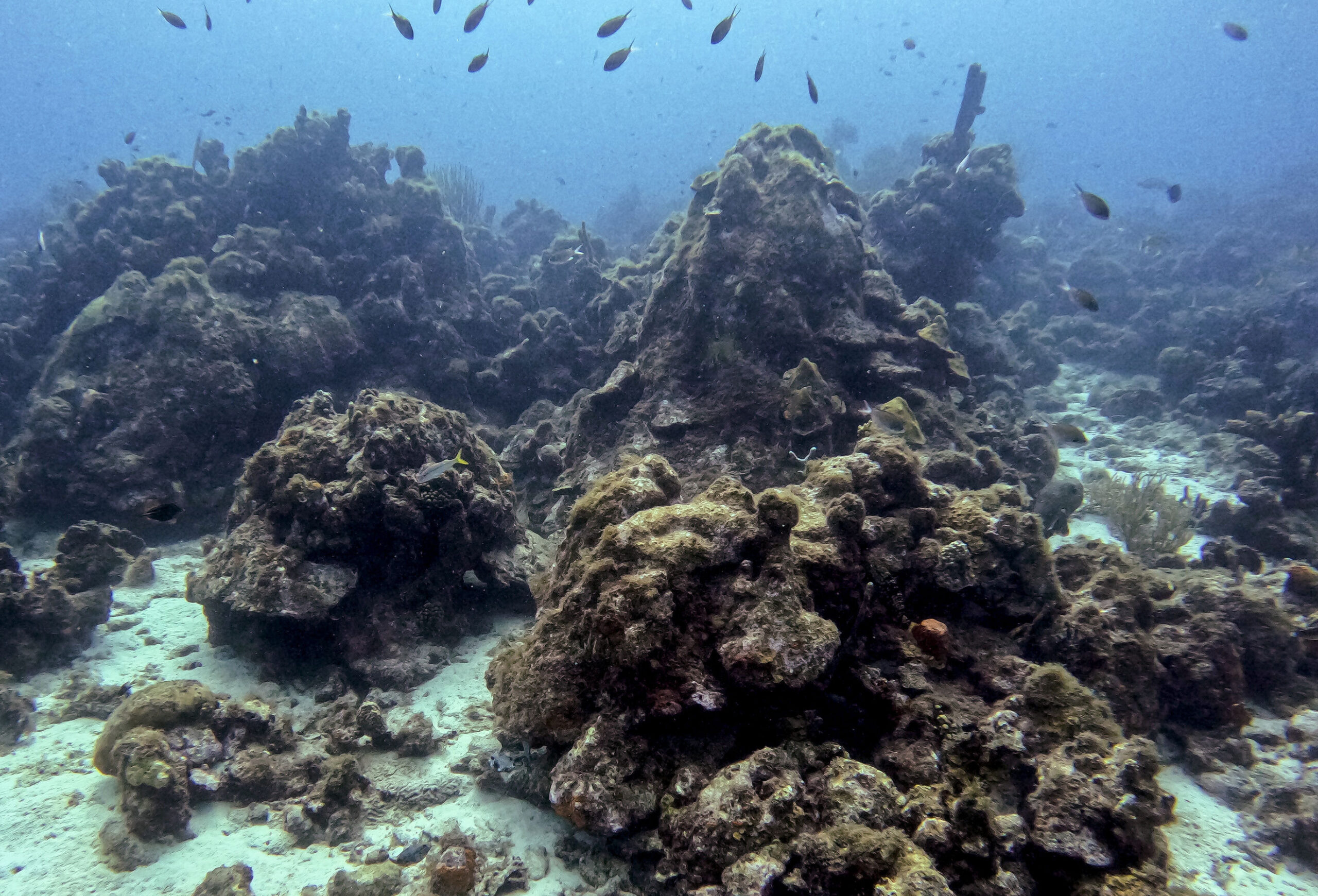How does climate change affect coral reefs? – Materia Rinnovabile | Renewable Matter

Report on the Impact of Climate Change on Coral Reef Ecosystems
Analysis based on the 2024–2025 AISM Annual Summary Report
1.0 Executive Summary: Coral Reefs at a Critical Juncture for Sustainable Development Goals
The 2024–2025 AISM Annual Summary Report documents the severe impact of climate change on global coral reef ecosystems. The findings highlight a critical challenge to the achievement of several Sustainable Development Goals (SDGs), particularly SDG 14 (Life Below Water) and SDG 13 (Climate Action). While the report details alarming rates of reef degradation, it also identifies isolated signs of resilience and recovery, underscoring the urgency for coordinated global action. This report synthesizes these findings, framing them within the 2030 Agenda for Sustainable Development.
2.0 Alarming Reef Losses: A Direct Threat to Marine Biodiversity and Coastal Communities
2.1 Impact on SDG 14 (Life Below Water)
The AISM report confirms that rising sea temperatures and ocean acidification, direct consequences of climate change, are the primary drivers of coral bleaching and mortality. This degradation directly undermines the targets of SDG 14.
- Target 14.1: The pollution from land-based activities exacerbates coral stress, hindering efforts to prevent and reduce marine pollution.
- Target 14.2: The loss of over 14% of the world’s coral in the last decade represents a catastrophic failure in sustainably managing and protecting marine and coastal ecosystems.
- Target 14.5: The degradation of reef habitats, which are critical biodiversity hotspots, jeopardizes the goal of conserving at least 10% of coastal and marine areas.
2.2 Socio-Economic Consequences and Related SDGs
The decline of coral reefs extends beyond environmental loss, creating significant socio-economic challenges that threaten other key SDGs.
- SDG 1 (No Poverty) & SDG 2 (Zero Hunger): Coastal communities in developing nations, who rely on reef fisheries for food security and income, are pushed further into poverty as fish stocks decline.
- SDG 8 (Decent Work and Economic Growth): The degradation of reefs negatively impacts the tourism sector, a vital source of employment and economic revenue for many countries.
- SDG 11 (Sustainable Cities and Communities): Healthy coral reefs act as natural barriers, protecting coastlines from storm surges and erosion. Their loss increases the vulnerability of coastal communities to climate-related hazards.
3.0 Signs of Recovery and Strategic Pathways for Action
3.1 Evidence of Ecosystem Resilience
Despite widespread degradation, the AISM report notes instances of coral resilience and recovery in well-managed Marine Protected Areas (MPAs) and regions with lower cumulative climate stress. These findings suggest that targeted conservation efforts can yield positive results, providing a blueprint for action aligned with SDG 14.
- Recovery observed in reefs with high herbivorous fish populations, which control algal growth.
- Certain coral genotypes have demonstrated higher thermal tolerance, offering potential for restoration initiatives.
3.2 Recommendations for an Integrated SDG-Based Approach
Achieving long-term coral reef survival requires a multi-faceted strategy that integrates climate action, marine conservation, and sustainable development.
- Accelerate Climate Action (SDG 13): The primary recommendation is to aggressively reduce global greenhouse gas emissions to limit ocean warming and acidification. This is the most critical step for ensuring the long-term survival of reefs.
- Strengthen Marine Conservation (SDG 14): Expand the network of effectively managed MPAs, reduce local stressors like pollution and overfishing, and invest in science-based coral restoration projects.
- Foster Sustainable Blue Economies (SDG 8 & SDG 1): Support coastal communities by developing sustainable alternative livelihoods that do not depend on reef exploitation, such as eco-tourism and sustainable aquaculture.
- Enhance Global Partnerships (SDG 17): Strengthen international cooperation for funding, technology transfer, and scientific research dedicated to coral reef conservation and climate adaptation for vulnerable nations.
Analysis of Sustainable Development Goals (SDGs) in the Article
1. Which SDGs are addressed or connected to the issues highlighted in the article?
-
SDG 13: Climate Action
The article’s title, “How does climate change affect coral reefs?”, directly links the content to climate action. The keywords “climate” and “environment” further establish this connection. The entire premise is based on the consequences of climate change on marine ecosystems, which is a central theme of SDG 13.
-
SDG 14: Life Below Water
This is the most relevant SDG. The article focuses on “coral reefs,” “reef losses,” and the overall health of marine life. The keywords “ocean,” “sea,” “animals,” “biodiversity,” and “ecosystems” explicitly point to the goals of protecting and restoring life below water as outlined in SDG 14.
2. What specific targets under those SDGs can be identified based on the article’s content?
-
Target 14.2: Sustainably manage and protect marine and coastal ecosystems
The article’s discussion of “alarming reef losses” and “signs of recovery” directly relates to the management, protection, and restoration of marine ecosystems like coral reefs. The goal of this target is to avoid adverse impacts and strengthen ecosystem resilience, which is the core issue presented.
-
Target 13.1: Strengthen resilience and adaptive capacity to climate-related hazards
The mention of “signs of recovery” in coral reefs implies a focus on their resilience to the impacts of climate change, such as rising sea temperatures. This target is about enhancing the ability of ecosystems and communities to withstand and adapt to climate-related hazards.
-
Target 14.3: Minimize and address the impacts of ocean acidification
Although not explicitly mentioned by name, ocean acidification is a primary consequence of increased atmospheric carbon dioxide and a major driver of coral reef degradation. Addressing the effects of climate change on coral reefs, as the article’s title suggests, inherently involves addressing this impact.
3. Are there any indicators mentioned or implied in the article that can be used to measure progress towards the identified targets?
-
Data from scientific reports on ecosystem health
The article explicitly mentions “The 2024–2025 AISM Annual Summary Report.” This report serves as a direct source of data for measuring progress. The findings within this report, such as the extent of “reef losses” or the rate of “recovery,” are quantitative indicators of the health of marine ecosystems (relevant to Target 14.2).
-
Measures of ecosystem coverage and loss
The phrase “alarming reef losses” implies a measurable indicator, likely the percentage of live coral cover on a reef or the rate of coral bleaching and mortality. This is a standard indicator used to assess the condition of marine ecosystems under Target 14.2.
-
Measures of ecosystem resilience
The mention of “signs of recovery” implies an indicator related to the resilience and adaptive capacity of coral reefs (relevant to Target 13.1). This could be measured by the rate and extent to which a reef recovers its coral cover and biodiversity after a climate-related stress event like a marine heatwave.
SDGs, Targets, and Indicators Summary
| SDGs | Targets | Indicators |
|---|---|---|
| SDG 14: Life Below Water | Target 14.2: By 2020, sustainably manage and protect marine and coastal ecosystems to avoid significant adverse impacts, including by strengthening their resilience, and take action for their restoration in order to achieve healthy and productive oceans. |
|
| SDG 13: Climate Action | Target 13.1: Strengthen resilience and adaptive capacity to climate-related hazards and natural disasters in all countries. |
|
| SDG 14: Life Below Water | Target 14.3: Minimize and address the impacts of ocean acidification, including through enhanced scientific cooperation at all levels. |
|
Source: renewablematter.eu

What is Your Reaction?
 Like
0
Like
0
 Dislike
0
Dislike
0
 Love
0
Love
0
 Funny
0
Funny
0
 Angry
0
Angry
0
 Sad
0
Sad
0
 Wow
0
Wow
0



















































.jpg.webp?itok=0ZsAnae9#)






















